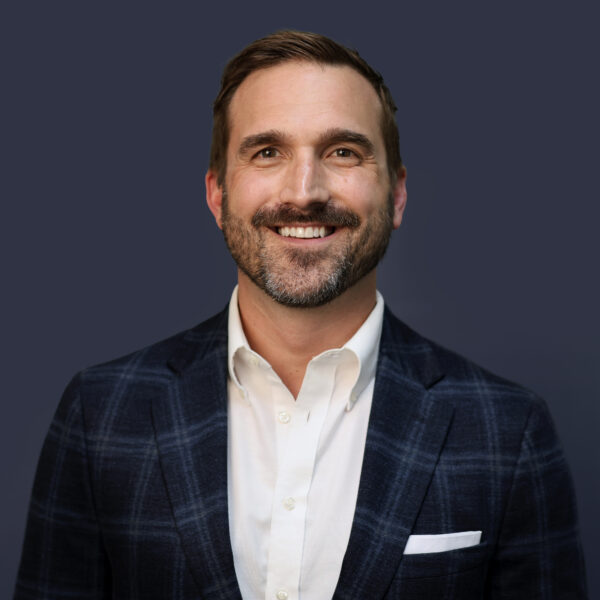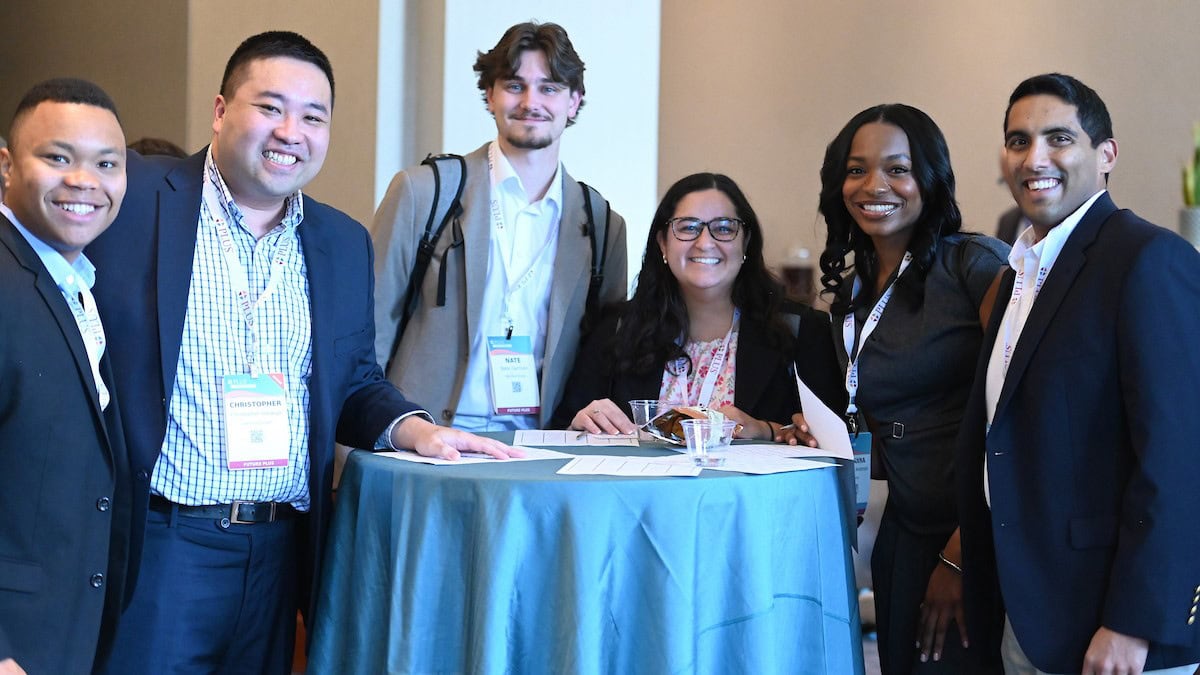November 6, 2025
Reducing EPL Exposure Before It Happens: How a Tool Trusted by U.S. Special Ops Is Redefining Risk Prevention

For decades, the insurance industry has built sophisticated prevention systems for every kind of exposure except the human one. We prevent fires, floods, and cyber intrusions—yet we still wait for workforce friction to erupt before acting. That reactive mindset has long defined Employment Practices Liability Insurance (EPLI): respond, litigate, and settle. But the ground is shifting. A new era of prevention is emerging—one that treats workforce behavior as a measurable, preventable source of risk.
The Escalating Cost of Workforce Volatility
Across the commercial landscape, EPLI losses are becoming more volatile and harder to predict. Marsh McLennan has reported a steady rise in both nuclear verdicts (jury awards exceeding $10 million) and thermonuclear verdicts (jury awards exceeding $100 million) that have reshaped claim exposure across management and employment lines.
Meanwhile, this pattern is amplified by what insurers call social inflation — liability claim costs rising faster than general inflation because of evolving jurisprudence, plaintiff-friendly environments, litigation funding and new societal expectations (Swiss Re Institute; NAIC).
For brokers and carriers alike, rising workforce volatility is showing up in the numbers: higher claim frequency, escalating defense costs, and shrinking contingency margins as loss ratios creep upward. For example, Travelers Insurance Insights attributes rising professional-liability costs to increased frequency, defense costs, and social inflation factors.
In many cases, the earliest drivers of those losses—harassment allegations, leadership
breakdowns, communication failures—surface months before a claim is ever filed. Without early visibility, these issues evolve quietly into payouts, renewals lost, and missed profit targets that could have been prevented.
From Reactive Management to Predictive Prevention
In high-reliability environments—from U.S. Special Operations and federal agencies with offices in every state to global manufacturers—researchers have long observed that the same communication fractures and operational breakdowns that lead to mission failure often precede workforce incidents that escalate into costly claims.
Early research suggests that predictive feedback systems can reduce those incidents by 20–30%, and in some controlled cases, eliminate them entirely.
These prevention frameworks—originally designed for environments where failure costs lives or millions of dollars—are now informing a new era of risk management across insurance portfolios. The underlying principle is simple but transformative: detect and resolve workforce volatility before it triggers a claim.
Rather than waiting for complaints, investigations, or legal escalation, continuous sentiment and communication analytics can surface early indicators of friction. Handled with confidentiality and expert interpretation, these signals enable quiet interventions long before they translate into financial exposure.
Why Brokers and Carriers Should Care
For the insurance ecosystem, prevention is not a moral issue—it’s a financial one. The average EPLI claim can exceed $185,000 in combined defense and indemnity costs. Reducing frequency even slightly can materially shift a book’s combined ratio.
Brokers who support clients in preventing workforce-related losses also protect the contingency bonuses tied to their carrier loss thresholds. Carriers that integrate proactive prevention into their portfolios gain measurable loss-ratio improvement, stronger renewal retention, and reputational differentiation in an increasingly commoditized market.
In that sense, Workforce Risk Prevention™ represents the next logical layer of loss
control—similar to how telematics reframed auto underwriting or how IoT sensors reshaped property risk. It introduces a predictive human analytics layer that operates quietly in the background, complementing the actuarial and legal infrastructure carriers already rely on.
Evidence From Other Sectors
The case for prevention isn’t speculative. Federal and enterprise environments have
demonstrated the same pattern repeatedly: when people feel heard, guided, and aligned, risk exposure drops dramatically. For example, the ADP Research Institute notes that early identification of at-risk workforce patterns can improve retention outcomes by roughly 30%, underscoring the predictive power of behavioral analytics in managing human risk.
Early frameworks developed in mission-critical and enterprise settings show that targeted communication feedback loops can mitigate between 20–30% of incidents—and, in some scenarios, prevent them entirely. Those same methods are now being evaluated by insurers and brokers as measurable prevention layers that protect both clients and profitability.
The Economics of Prevention
Consider the compounding impact across an insurance portfolio: A carrier insuring 2,000 businesses, each averaging 75 employees, might expect roughly one EPLI claim per thousand 2 employees per year. At $185,000 per claim, even a 10% reduction in frequency could preserve more than $25 million in claim costs across a three-year period.
Because Workforce Risk Prevention™ acts upstream—long before legal involvement—the savings are realized immediately, not after litigation. Equally important, insured employers that implement prevention programs often show greater organizational stability and lower incident frequency, which translates into stronger renewal performance, improved portfolio retention, and measurable loss-ratio improvement across the book.
Looking Ahead: The Next Competitive Edge
Insurance has always rewarded those who recognize change before it shows up in loss ratios. Workforce Risk Prevention™ is emerging as one of those changes — a discipline that applies the same predictive rigor used in cyber and property risk to the workforce itself.
The organizations that lead this shift won’t simply insure against human risk; they’ll measure, trend, and prevent it. For carriers and brokers, that represents not a new product line but a new way to strengthen every line they already write. In the years ahead, competitive advantage will come from proactive loss avoidance, not post-claim efficiency.
Closing Thought
Every preventable claim begins as a preventable conversation. By applying predictive science and prevention frameworks long proven in high-stakes environments, the insurance industry can finally close its last major prevention gap—protecting not only margins, but people, the foundation of every enterprise it insures.
References
Marsh McLennan. Nuclear verdicts are on the rise: How can you minimize your risks?
(Sept 27, 2024).
Travelers. 5 Factors Causing a Rise in Professional Liability Insurance Rates for Public
Organizations. (2023).
ADP Research Institute. Revelations From Workforce Turnover: A Closer Look Through
Predictive Analytics. (2019).
Meet the Author
 Dr. Justin Velten is co-founder and CEO of Go Culture Labs, the research and technology firm that pioneered the discipline of Workforce Risk Prevention™. His company’s TeamShield system operationalizes that discipline to help brokers and carriers measure and prevent workforce-driven EPLI loss at scale.
Dr. Justin Velten is co-founder and CEO of Go Culture Labs, the research and technology firm that pioneered the discipline of Workforce Risk Prevention™. His company’s TeamShield system operationalizes that discipline to help brokers and carriers measure and prevent workforce-driven EPLI loss at scale.
News Type
PLUS Blog
Business Line
Employment Practices Liability (EPL), Professional Liability
Contribute to
PLUS Blog
Contribute your thoughts to the PLUS Membership consisting of 45,000+ Professional Liability Practitioners.
Related Podcasts

The Employment Law Counselor Episode 22
Navigating Labor and Employment Challenges During the Holiday Season Happy Holidays from…
Related Articles

Celebrating a Year of Growth: 2025 Future PLUS Advancement Initiative Highlights
In 2025, PLUS launched the Future PLUS Advancement Initiative, a strategic, high-impact…

Navigating Holiday Season Hazards: Essential Insights from The Employment Law Counselor
The latest episode of The Employment Law Counselor podcast delivers a timely…

A Softening Cyber Market That Can’t Last and Why Today’s Conditions Set the Stage for Tomorrow’s Correction
On the surface, the cyber insurance market looks like a buyer’s market:…
